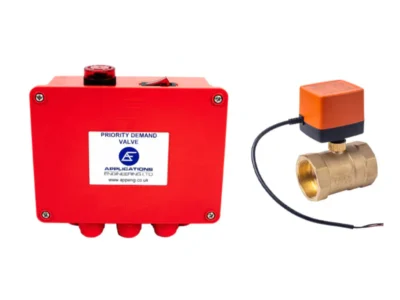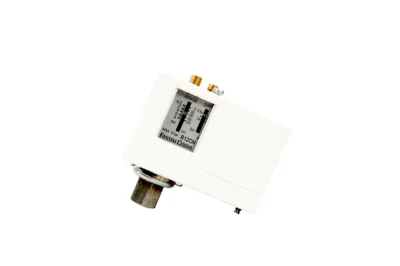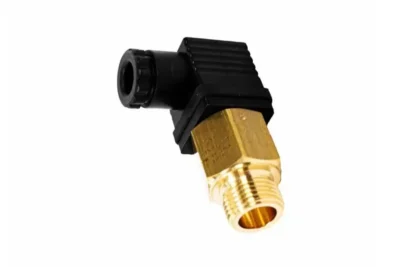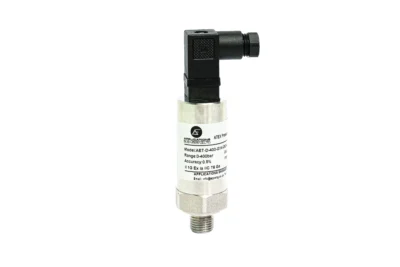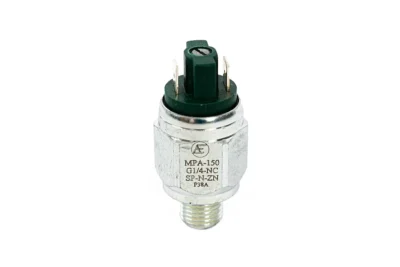There’s no doubt that fire sprinklers save lives. They can put a fire out or keep it under control long enough to give the firefighters a real chance to save a building and its occupants.
Given that they are mostly automated systems, there has to be some secret to how they work, doesn’t there? We’re delving into the world of fire sprinkler systems to discuss the various types and how they function.
What are the different types of sprinkler systems?
On the face of things, all fire sprinkler systems may look the same but there are four main types that all serve slightly different purposes.
The four main sprinkler systems are:
- Deluge
- Dry pipe
- Wet pipe
- Pre-action
Deluge sprinkler systems are commonly found in buildings where there is a major fire risk, or where fire would be catastrophic; think warehouses and high-rise buildings. The nozzles in these systems are always open and are triggered by an alarm that brings on the deluge of water.
Dry pipe sprinkler systems are slower than most to engage and are typically used in unoccupied or unheated buildings where there is a higher risk of pipes freezing or bursting. Nitrogen or pressurised air is stored in the pipes, which then leaks out when engaged and causes water from a tank to be released through the sprinklers.
Wet pipe sprinklers are the most common type of fire defence system in residential buildings. They use pressurised cold water that is immediately released by the sprinkler heads when they detect a significant increase in temperature.
Pre-action sprinkler systems combine wet and dry pipe systems to protect areas that are vulnerable to water damage. Water is only brought into the pipes whenever a fire is detected to prevent too much water from releasing and damaging important materials in places like offices and shopping centres.
How do sprinklers work?
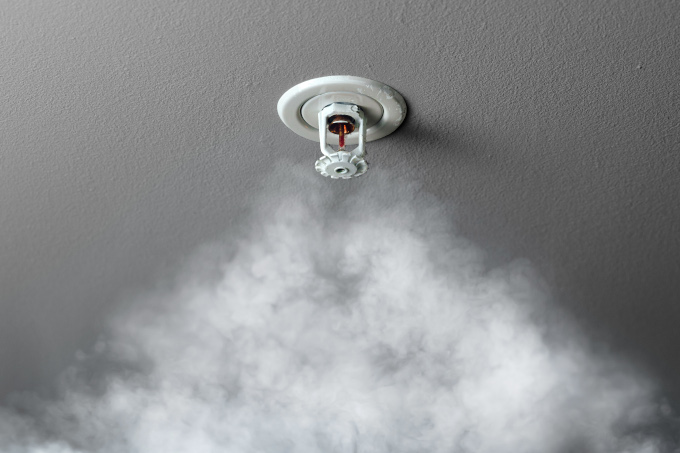
Fire sprinkler systems are typically installed in ceilings or sidewalls, and there is a good chance that you have seen them wherever you work. Although not uncommon for sprinkler systems to be installed in residential properties, they are most frequently found in commercial properties.
An effective fire sprinkler system makes use of a water supply that is piped through the walls into sprinkler heads, where the water is then distributed. Sprinklers rely on water being held under pressure in pipes throughout the building to release a downfall whenever a fire is detected.
They work automatically, which means there is no need to break the glass of a fire safety system for them to engage. Although it is commonly thought that they work by detecting smoke, many automatic sprinkler systems are engaged by heat.
Sprinkler head discharge
Sprinkler systems rely on the heads which are protruding from ceilings or walls to detect when there is a fire and to douse the flames with water. In the sprinkler head is a plug that is made of a material known as Wood’s metal. This is a metal that has a low melting point, so when the heat begins to rise from a fire it releases the pressure built up in the pipes and the water comes out.
There are different kinds of sprinkler heads depending on the building type and extinguishing needs. Regardless of the sprinkler system, the heads will house a trigger mechanism that opens whenever a certain threshold has been met.
Different types of sprinkler heads:
- Conventional heads discharge water downwards and some on the ceiling.
- Pendant spray heads aim water straight down and are used in buildings with high ceilings.
- Sidewall sprinklers are located high up on a wall and produce a wider arc of water than conventional heads.
What are the benefits of sprinkler systems?
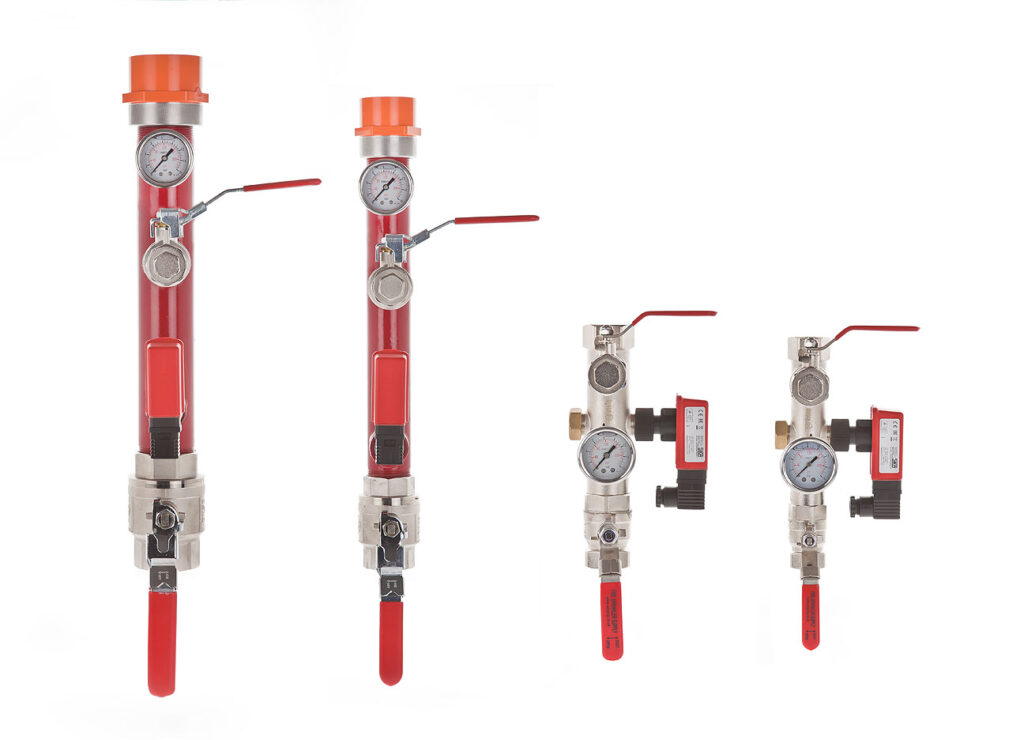
Sprinkler systems are a great addition to any building to support fire safety but they are particularly useful in buildings like schools, hospitals, hotels, warehouses and many more.
Sprinklers in schools
Schools are important to their communities and besides the obvious safety benefits of fire protection, the ability to protect future generations is important. That vital community resource can grow and nourish young minds and the government has moved to ensure that new schools are installed with fire sprinklers.
Protecting vulnerable people
Fire sprinklers won’t always extinguish a blaze but they can temper or contain the flames long enough to let people evacuate. This is particularly apparent for someone with mobility issues and sprinklers in care homes or hospitals make evacuation that little bit easier.
Complicated buildings
Buildings like shopping centres pose a complicated problem for architects and safety officers. There are various systems in place like fire sprinklers, smoke detectors, emergency lighting and control centres that need to communicate with each other. Having a fire sprinkler system in place that works in tandem with other security measures ensures the safety of everyone who occupies these types of buildings.
Staying safe with fire sprinklers
Here at Applications Engineering, we provide vital fire sprinkler valve system products to ensure they are in perfect working order. We also offer flow, level and pressure switches to be used in conjunction with our fire sprinkler applications. For assistance with your fire sprinkler system or for any pressure switch enquiries, get in touch with a member of our team today.
Share This Post
